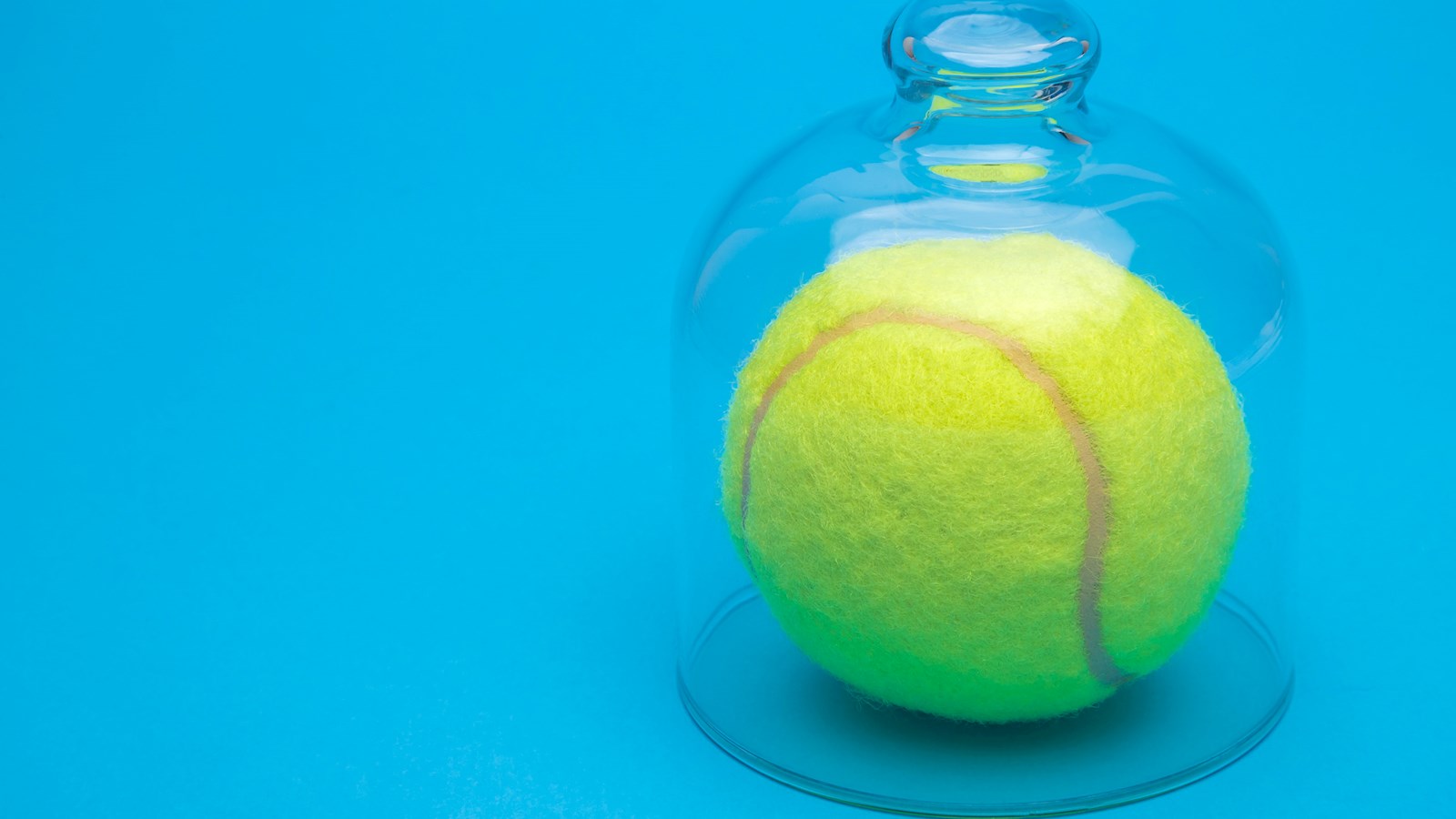
How sponsors can navigate COVID-19
Advice for brands on how to handle the turbulence upending the 2020 sports calendar
It’s safe to say that the sports marketing industry is living through unprecedented times. Never before has sport come to a complete halt across the world (with a few minor exceptions like Belarus), depriving billions of people of a much-loved emotional outlet and daily passion point.
Brands, which were predicted to spend £37.5 billion on sports sponsorship in 2020, are facing some tough choices. What do they do now that nearly every event has been postponed or suspended? How can they continue to engage passionate sports audiences?
Questions have been raised about the merits of ‘hibernation’ style strategies – freezing all activity in order to protect budgets and wait out the storm. Such strategies offer a false sense of security and threaten to undermine brands’ hard-earned relationships with sports fans. Instead, a new playbook is required that offers brands alternative strategies for how to continue leveraging those relationships and sustain growth.
In what is undoubtedly a very challenging situation, it’s crucial that brands look at ways in which they can provide value to fans. Sponsorship is at its most powerful when it enhances the fan experience – and it’s more important than ever for brands to do that now.
1. Fully explore the potential of gaming
The biggest winner in the current situation has been the gaming industry. Even before the crisis, it was growing faster than any sport and now with everyone spending more time at home, it’s no surprise that live gaming is booming. A recent report by Captify shows that with mass live sports cancellations, consumers are looking for their sports fix elsewhere. Consumer interest for sports games saw a 1054% search uplift since 1 January 2020 with the top indexing audience being sports fans.
Clearly, there is an audience that craves sport and sees gaming as an alternative.
Brands already associated with competitions that are suspended are showing agility and hosting esports versions. And the numbers have not disappointed. Santander, the title sponsor of La Liga, headlined a FIFA 20 tournament comprising players from each club team. The Santander Challenge, livestreamed on Twitch, drew 1 million viewers and gave fans a more intimate and personal experience with their favourite players than they are used to. Nascar, NFL, NBA, F1 and others have started their own versions, in many cases featuring their current league sponsors. Admittedly, these virtual tournaments may not deliver the same scale of audience exposure brands are used to, but they allow sponsors to continue engaging with fans, staying top of mind and demonstrating a commitment to the sports that have helped them grow their business.
For others, there are opportunities to explore the possibilities created by in-game advertising offered programmatically by platforms such as Anzu.
2. Unlock the potential of sports talent and use it for good
In a crisis that has underlined the critical importance of interpersonal relationships to all of us, talent and influencer marketing is demonstrating its potential as a powerful media channel. There is an opportunity to leverage talent unlike ever before. Brands should be looking at ways in which they can authentically engage sports talent to provide fans with the access and entertainment that they crave.
A great example of this is Red Bull, which actively leverages extreme sports events to connect with their consumers. To continue engaging with their audience, Red Bull launched a new 10-part What Does It Take podcast series hosted by Matthias Dandois. The BMX star and eight-time Flatland World Champion interviews fellow Red Bull athletes and extreme sports stars from around the world, exploring not only what it takes to get to the top, but also how to stay there. Red Bull then uses a mix of its own and its talents’ social channels to distribute this content to fans.
As an Olympic Partner (TOP), Visa is taking a slightly different approach. The sponsor has quickly created a content series with its athletes called Do Your Part Like An Olympian showing them performing feats of sporting prowess, juxtaposed with easy COVID-19 safety measures like handwashing. It is engaging and informative, and contributes to vital communication efforts to encourage people to take the right steps to tackle the coronavirus crisis. Visa was one of the first major brands to confirm that it would stick with its Olympic partnership and stand by its athletes. Visa is now being seen as a socially responsible brand, utilising its sponsorship assets for the greater good. It will undoubtedly generate consumer goodwill.
There is an opportunity to leverage talent unlike ever before. Brands should be looking at ways in which they can authentically engage sports talent to provide fans with the access and entertainment that they crave
3. Drive engagement by tapping fans creativity
If there is one thing we know about sports fans, it is that they want to be participants in the sports experience, not just spectators. For brands, it’s therefore key to engage people in a way that genuinely creates utility, rather than in an attempt to sell more product. GoPro have done just that by launching their #HomePro challenge. Knowing that people are likely to be suffering from cabin fever, the brand created a competition encouraging people to share whatever weird and wonderful activities they’re getting up to at home for a chance to win their latest performance camera. The beauty of the competition is accessibility. You don’t need to own a GoPro – footage can be recorded and shared from any device. The campaign effectively taps into emotions that people are likely to be feeling and offers them a creative outlet within the confines of critical social distancing measures.
Dick's Sporting Goods have done something similar, launching the #LongLiveSport campaign across its social channels encouraging everyone to share how they’re playing their sport at home. The campaign is true to the brand and celebrates the creativity of sports fans and athletes.
Other brands can and should be asking themselves how they can harness the creative potential of their audiences in a way that helps build brand affinity.
4. Think ahead
Amid all the uncertainty, it is more important than ever to spend some time thinking about the future. Right now, sport seems like one of the most inconsequential things to worry about. But things will eventually return to normal – albeit perhaps a new normal – when the crisis has passed. Sport will return in a major way. When it does, the world will see a celebration of humanity and connection.
There is a chance that, at least initially, sport will resume in empty stadiums and arenas. If so, sponsors will have an opportunity to play a major part in the way people access and experience sports events. We’ve seen Heineken shrewdly demonstrate how to leverage such an opportunity when it paid for the rugby world cup final to be shown on South Africa’s state broadcaster so that people could watch on terrestrial TV rather than shielding it behind a paywall. It happened in what now feels like a different time, but nevertheless demonstrated how major event sponsors can transform the sports experience for millions of fans. Now is the time for brand sponsors to start thinking about the role they want to play when sport eventually resumes.
This is an unprecedented time, but brands must see this as a chance to play a bigger role in consumers’ lives, rather than a time to scale back. How they react to this crisis could dictate their relationship with consumers for years to come.
Mediacom Sport & Entertainment is part of The WPP Sports Practice, the global entry point to all of WPPs specialist sports marketing capabilities. Find out more about how The Practice brings together the best talent from across WPP to help brands, rights owners and events hosts.
published on
22 April 2020
Category
More in Experience

Let’s add audio for visually impaired audiences
How to make advertising more accessible for visually impaired audiences

The Future 100: wellbeing, humanity, emotion and tech
This annual trend spotter – by WPP’s VML – gives us the context for the new normal for marketing in 2024.

Activating sports events – the ultimate balancing act
WPP Sports Practice takes a look at the art of timing for sports event activation

